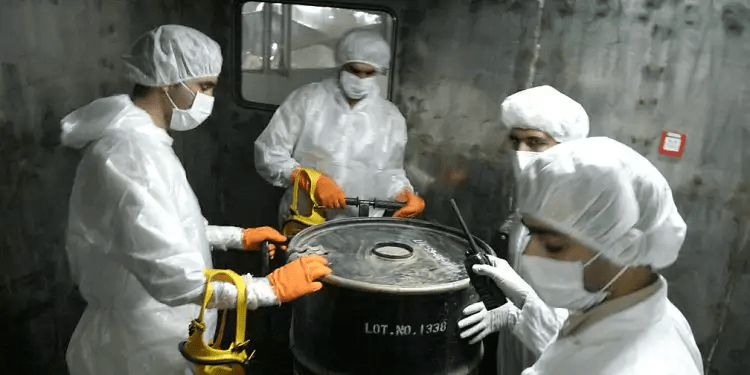
28 July 2023
https://www.israelhayom.com/2023/07/28/why-it-would-be-better-for-israel-if-iran-enriched-to-90-now/
No real technical variance exists between 90% and 60% enrichment; the difference in breakout time to a bomb’s worth of weapons-grade enrichment is a matter of days or a few weeks. Israel is better off with an Iranian push to 90% without billions of dollars flowing to the regime and without the illusion that holding Tehran at 60% enrichment is meaningful.
With Israel consumed by an intense judicial reform debate, Iran is expanding its nuclear weapons program. The Biden administration continues to promote unofficial understandings with Tehran based on keeping Iranian enrichment at 60% in exchange for the release of billions of dollars. The goal: Kick the Iranian nuclear issue down the road until after the 2024 elections. The proper name for such understandings, which in many ways are far worse than the 2015 JCPOA nuclear deal, should be “false quiet for money”, and not “freeze for freeze”.
The idea behind these understandings is to freeze Iran’s nuclear progress in enriching uranium to 60%, which is very close to what is required technically for Tehran to reach 93%, or weapons-grade enrichment. This gives the mullahs, for the first time, a win-win situation: a de facto green light to 60% enrichment together with massive sanctions relief. Presenting it as understandings rather than an agreement is an attempt by the Biden administration to avoid review by Congress, where it will face fierce opposition.
Israel is better off with an Iranian push to 90% without billions of dollars flowing to the regime and without the illusion that holding Tehran at 60% enrichment is meaningful. No real technical variance exists between 90% and 60% enrichment; the difference in breakout time to a bomb’s worth of weapons-grade enrichment is a matter of days or a few weeks. The most dangerous technical threshold has already occurred when the Biden administration did not respond to Iran’s enrichment to 20%, which is about 70% of the effort necessary to reach weapons-grade uranium.
For ten months after the US killed Qassem Soleimani, the regime stopped its nuclear expansion. Then it went all out after Biden’s election and the end of maximum pressure. When the regime feels American steel, it backs down. When it feels American mush, it pushes forward.
It is still not clear where the Biden administration has set any red lines for action to prevent Iran from developing nuclear weapons. Since President Biden won the election in November 2020 on a promise to abandon the maximum pressure campaign of his predecessor, Tehran massively expanded its nuclear program. Iranian nuclear scientists have used advanced centrifuges to enrich uranium to 20%, 60% and briefly to almost 84%; produced uranium metal for use in developing nuclear weapons; and repeatedly stonewalled UN weapons inspectors.
After almost three years of a failed Iran policy of maximum concessions, perhaps the Biden administration finally has communicated to Tehran that they will act forcefully at 90%. But “forcefully” must mean more than the snapback of UN sanctions, and the enforcement of US sanctions, which should have occurred at prior levels of Iranian nuclear expansion. It must involve the credible threat that President Biden will use American military power to stop the development of Iranian nuclear weapons.
Even if Iran doesn’t believe that the Americans will use military force, Tehran is not likely to make the mistake of rushing to 90%. Instead, if past is prologue, Tehran will follow its decades-long strategy of forcing the West to accept increasing levels of nuclear weapons expansion. It will remain at the 60% line while building out its nuclear infrastructure and extracting maximum financial concessions. The most alarming is the work done at Natanz where Tehran is building out a hardened site that reportedly will go over 100 meters (328 ft.) underground and be ready in about two or three years to be used for future high levels of enrichment, protected from outside attack. According to the understandings, Tehran will continue the development and production of advanced centrifuges, ballistic missiles capable of carrying nuclear warheads, and crucial capabilities related to nuclear weapons systems.
We are sleepwalking into the Iranian trap. With Iran remaining below the 90% line, and the Biden administration pursuing a false quiet at a high price, Tehran is left to pursue nuclear weapons on all fronts. Israel needs to fight this Iranian strategy while Congress must immediately review every step the Biden administration takes.
Brig. Gen. (res.) Prof. Jacob Nagel is a senior fellow at the Foundation for the Defense of Democracies (FDD) and a professor at the Technion. He served as national security advisor to Prime Minister Benjamin Netanyahu and the acting head of the National Security Council.
Mark Dubowitz is the FDD’s chief executive and an expert on Iran’s nuclear program and sanctions. In 2019, he was sanctioned by Iran.


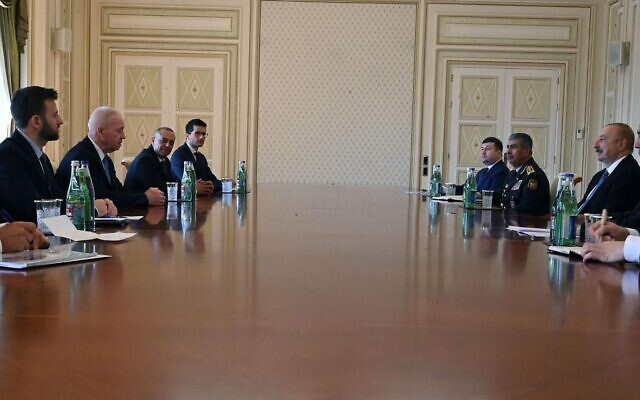



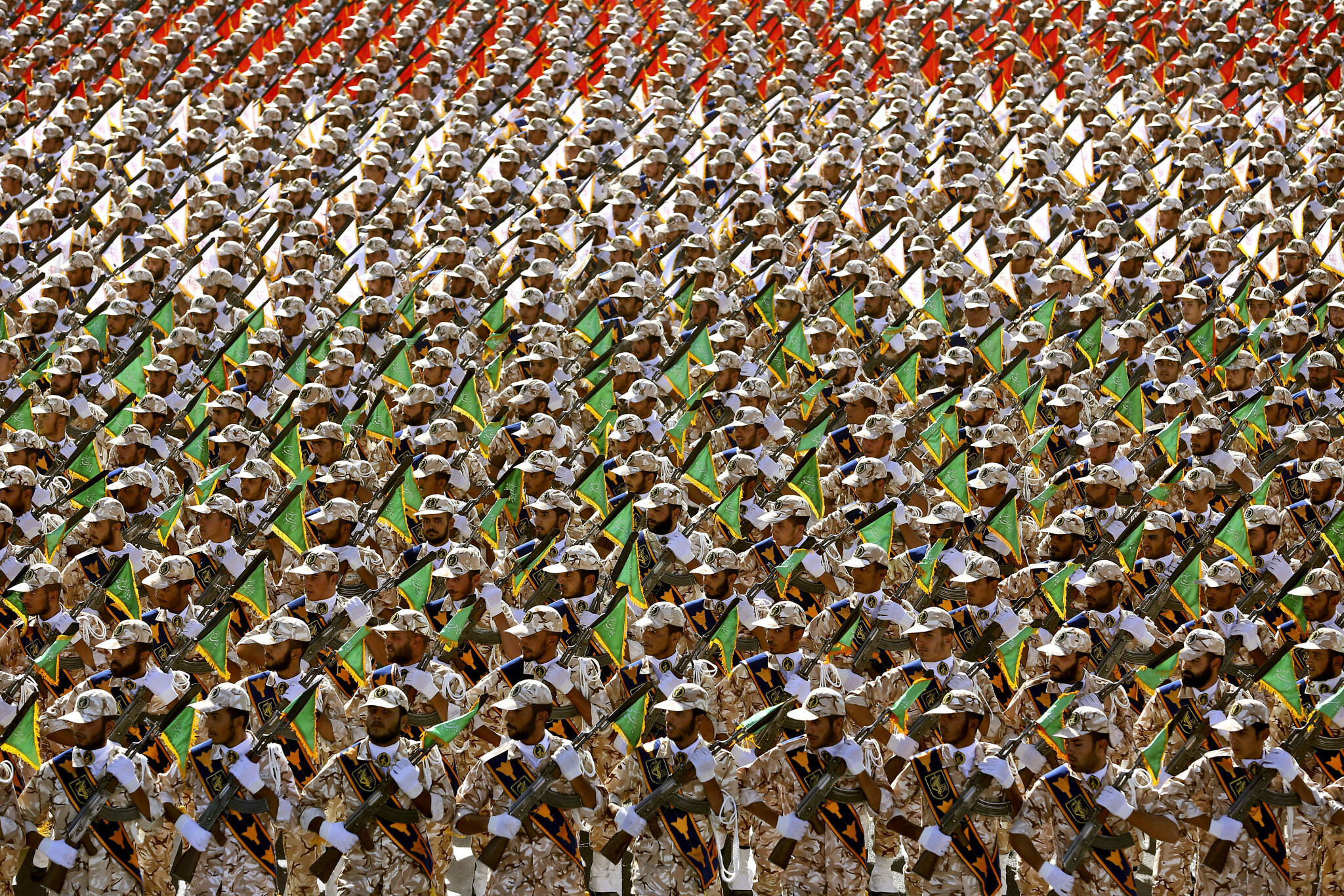


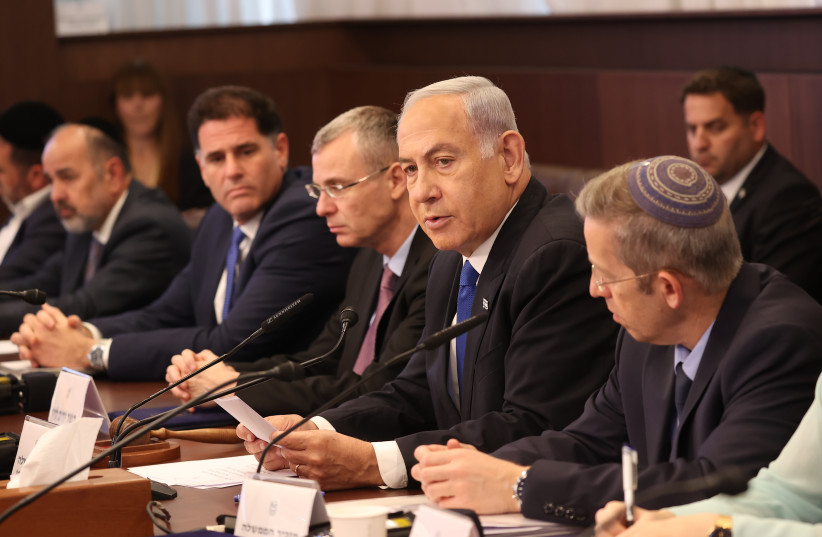
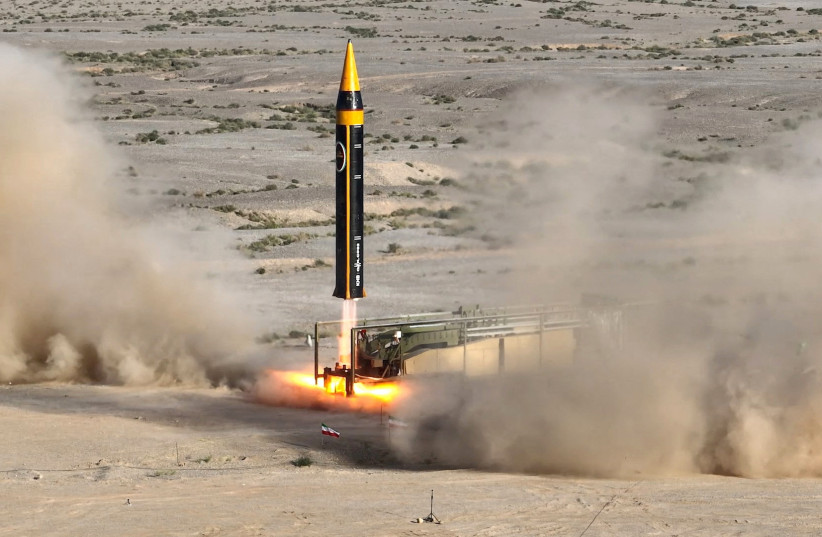
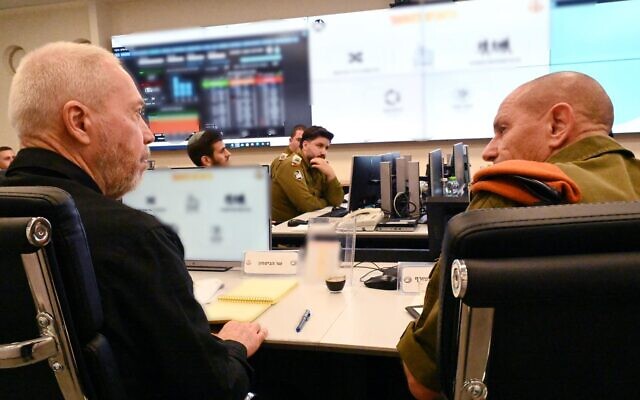
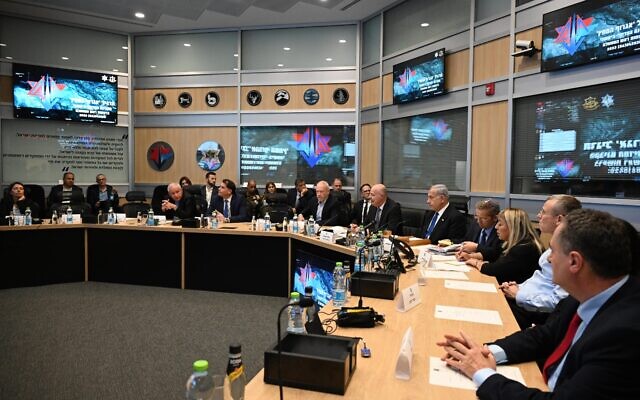
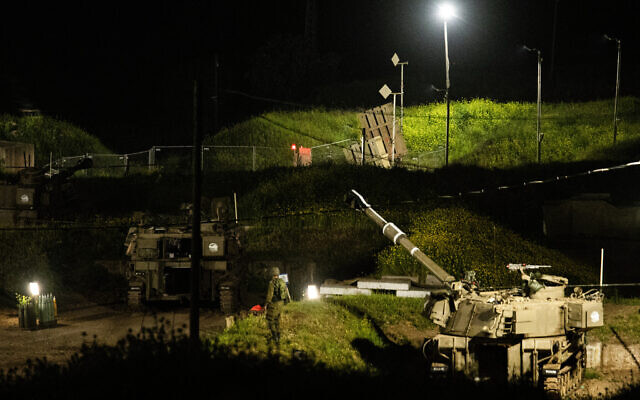
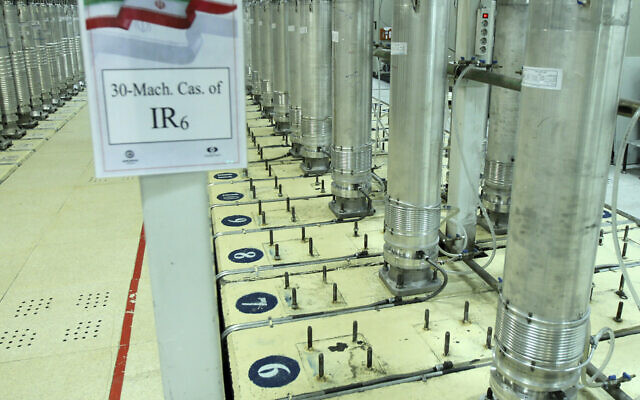






Recent Comments